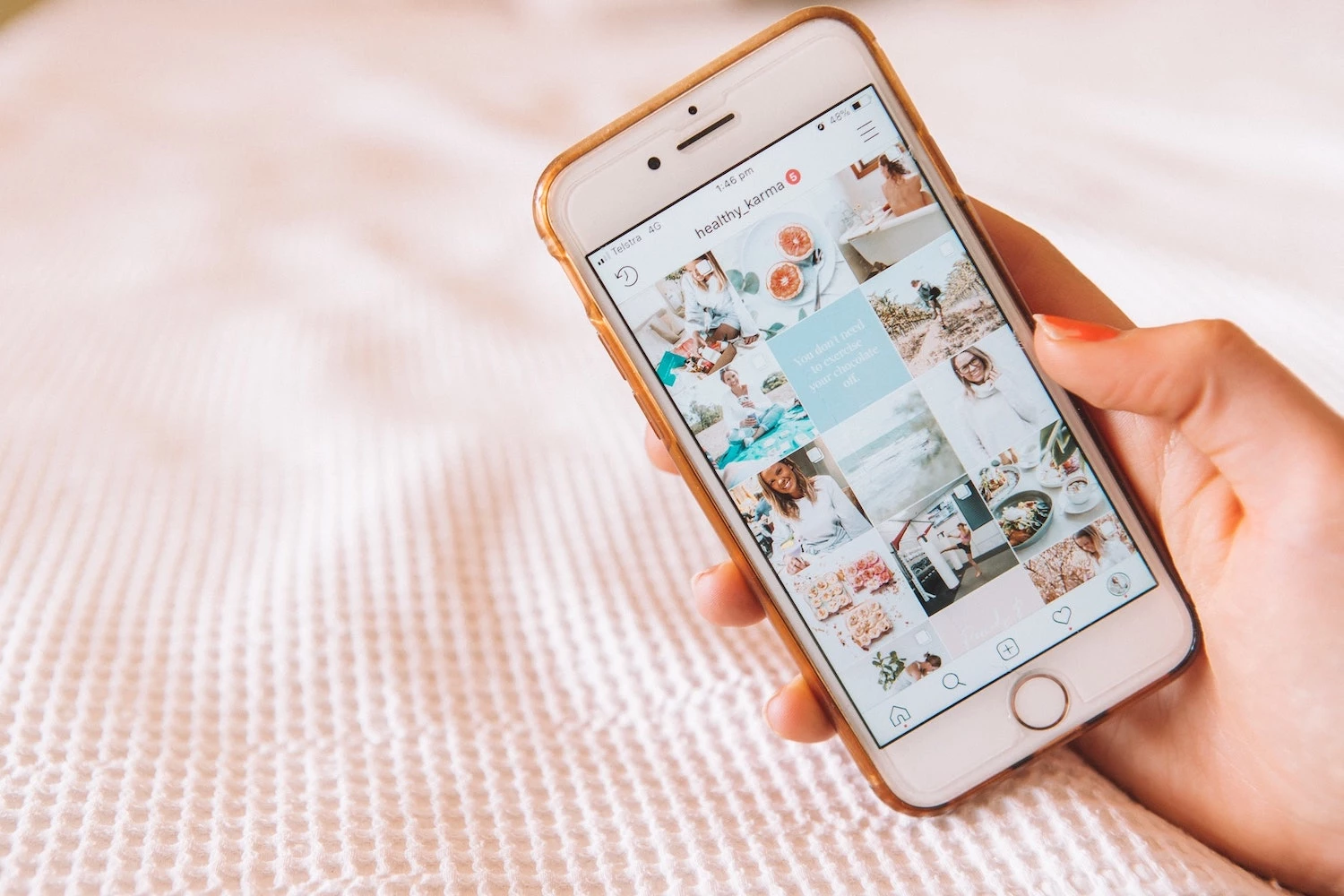
Partner Article
The Future is Micro: How Emerging Influencer Trends Point to the Evolution of Marketing
In recent years, influencer marketing has gone from strength to strength. So much so that the industry has attained a projected value of over $24 billion by 2025. However, evidence suggests that brands’ dependence on influencers will change over the course of the coming years, becoming more refined and strategic.
With technology constantly evolving to help brands to reach their target audience in a more effective manner, emerging trends point to what influencer marketing is likely to look like in the future. With this in mind, let’s explore some of the key areas of the market that are ripe for change:
1. The Emergence of the Micro-Influencer
Micro-influencers are fast becoming big business in the world of social media and marketing. As users with followers ranging from 10,000 to 100,000, micro-influencers are generally more cost effective than traditional influencers but the way they engage with their followers can be more meaningful.
According to Launchmetrics data, micro-influencers have attained the biggest Media Impact Value (MIV), which is a metric for measuring the overall marketing impact for marketing campaigns.
Evidence is already showing that brands approaching micro-influencers are seeing greater marketing performance, too. Notably, Dior was ranked in first place among luxury beauty brands in terms of MIV in June 2021, and their campaigns were built with 34% exposure to influencers.
“Coming out of the pandemic, we know that customers are looking for real connectivity, when it comes to brands and products,” notes Launchmetrics CMO, Alison Bringé. This acknowledgement appears to show that micro-influencers, who operate on a smaller scale to celebrities and their endorsements, can resonate in a more meaningful way than their counterparts.
2. Tapping into Multi-Platform Loyalty
We will also see brands acknowledge the new age of followers who show their loyalty to influencers across multiple platforms.
While many creators will have their primary social network, most will operate throughout a range of platforms. Although this has long been the case, we’re seeing more followers choose to follow their favorite content creators across these platforms.
This offers an unprecedented opportunity for brands to market their goods and services on platforms that better suit the demographics of their customer profile without losing out on prospective customers.
Because different social media platforms have different core demographics, brands can discover their ideal influencers and work with them on the ideal platform to maximize the potential of their campaign–and to an audience that’s happy to span multiple networks to follow their favorite influencer.
3. Growing into the World of User Generated Content
User generated content (UGC) is set to become a wildly powerful and cost-effective tool for brand marketing on social media. Beyond the low-cost world of micro and nano-influencers, there is a sprawling community of social media users who actively engage in the brands they buy from.
From creating posts about the products they’re using to discussing the service they’ve received from an employee, UGC can be a great tool for driving free engagement with brands.
One of the brands that were quick to spot the value of UGC was Vogue, and Vogue Business has already created guides on how to utilize creator-first brand strategies with user-generated content at its core.

With this outlook, it’s no surprise to see Vogue products like their range of eyewear promoted by nano creators inadvertently showcasing their ranges to improve your look, or to ‘help you get ready for summer.’
“As social media becomes more pay-to-play, brands should be looking more to influencers and to user-generated content to help them really appear, and be seen through the noise, not from their own voice, but from the voices of others,” explained Neal Schaffer in an interview with Digital Marketing Institute.
“Holistically, this could also include internal influencers, such as your employees, or non-influencers, i.e customers, or other subject matter experts from a B2B marketing perspective.”
4. Embracing the Shift to Video
We’ll also see video continue its emergence as a leading form of content in 2023. Although this change will be embraced by influencers, it’s actually a result of social media platforms ramping up their suite of features amid new competitors like TikTok entering the market.
With more platforms utilizing live streaming features, video is likely to become dominant in 2023 and beyond, with more interactive content and engaging marketing potential for brands to explore with influencers.
Brands must seek to embrace platforms like TikTok as the future of social media, and it’s through short video formats that they’re most likely to resonate with the followers of influencers.
To combine this with user generated video content and professionally produced brand videos, it’s possible for marketers to create engaging content at a relatively low cost. Through the utility of UGC for video, marketers can secure new avenues for the promotion of their goods and services–heralding a new era for savvy campaigning.
This was posted in Bdaily's Members' News section by Dmytro Spilka .






 A legacy in stone and spirit
A legacy in stone and spirit
 Shaping the future: Your guide to planning reforms
Shaping the future: Your guide to planning reforms
 The future direction of expert witness services
The future direction of expert witness services
 Getting people into gear for a workplace return
Getting people into gear for a workplace return
 What to expect in the Spring Statement
What to expect in the Spring Statement
 Sunderland leading way in UK office supply market
Sunderland leading way in UK office supply market
 Key construction developments in 2025
Key construction developments in 2025
 Mediation must be part of planning process
Mediation must be part of planning process
 From apprentice to chief financial officer
From apprentice to chief financial officer
 Don't stifle growth with apprenticeship cuts
Don't stifle growth with apprenticeship cuts
 The start-up landscape: What lies ahead in 2025
The start-up landscape: What lies ahead in 2025
 JATCO adds welcome drive to automotive sector
JATCO adds welcome drive to automotive sector